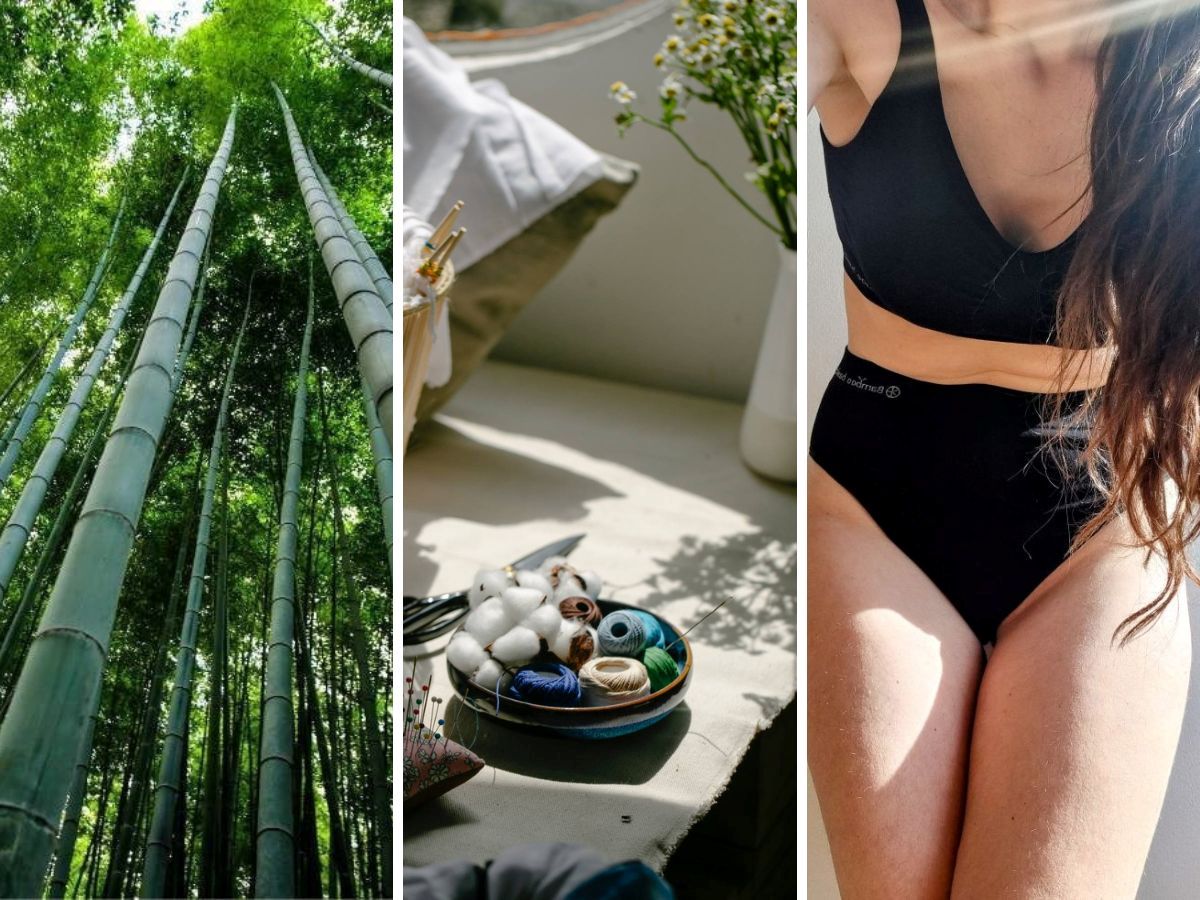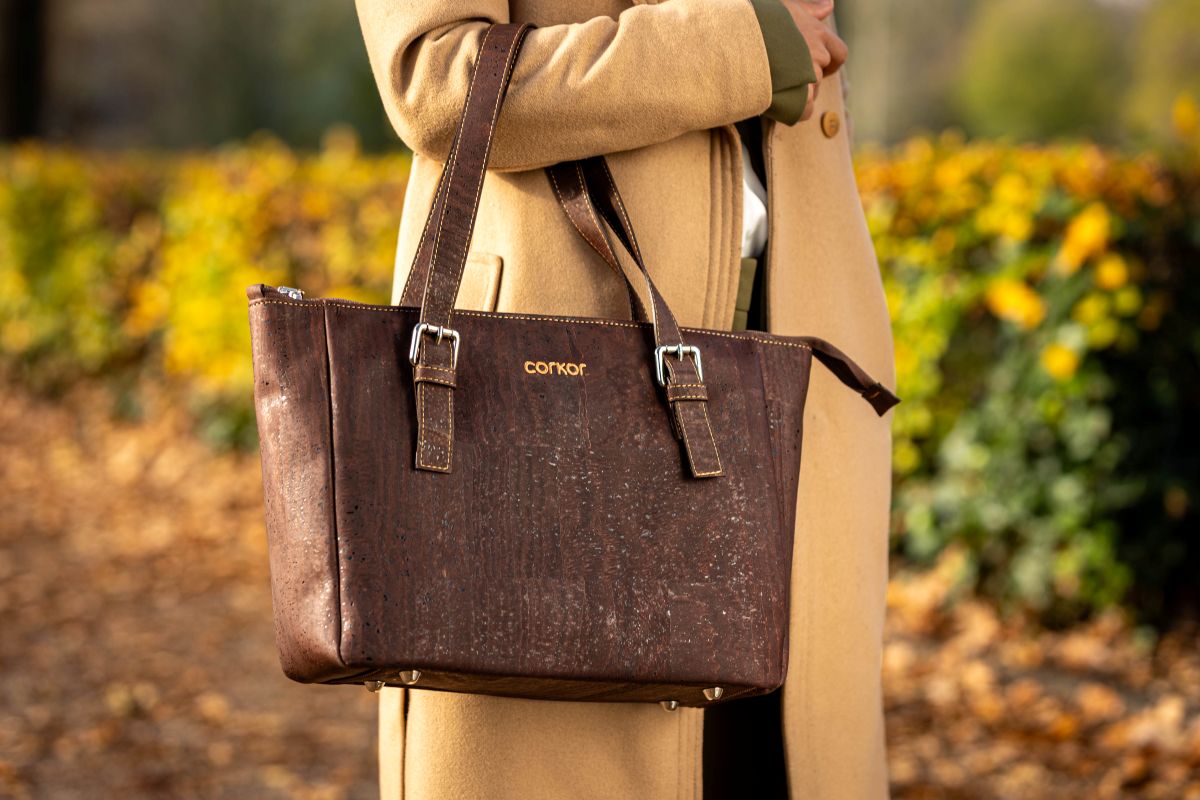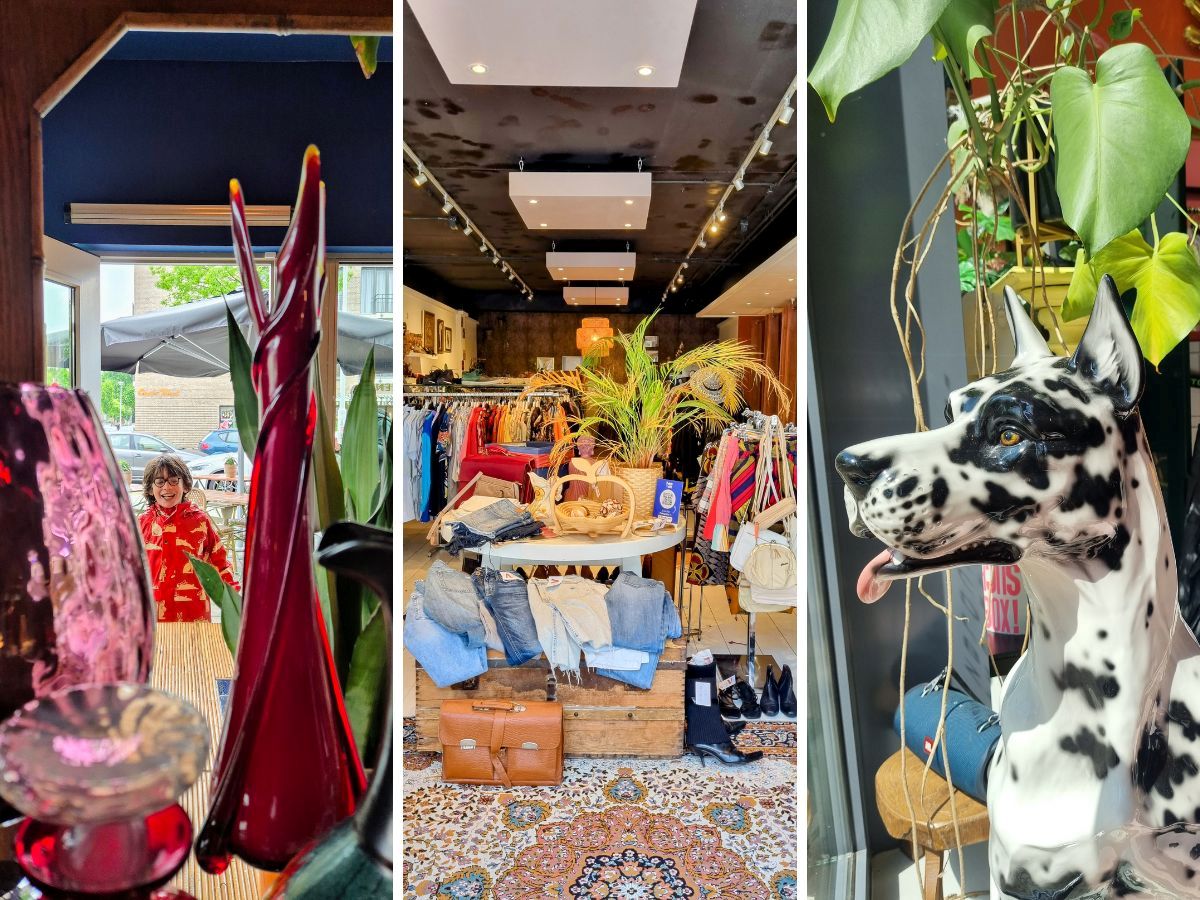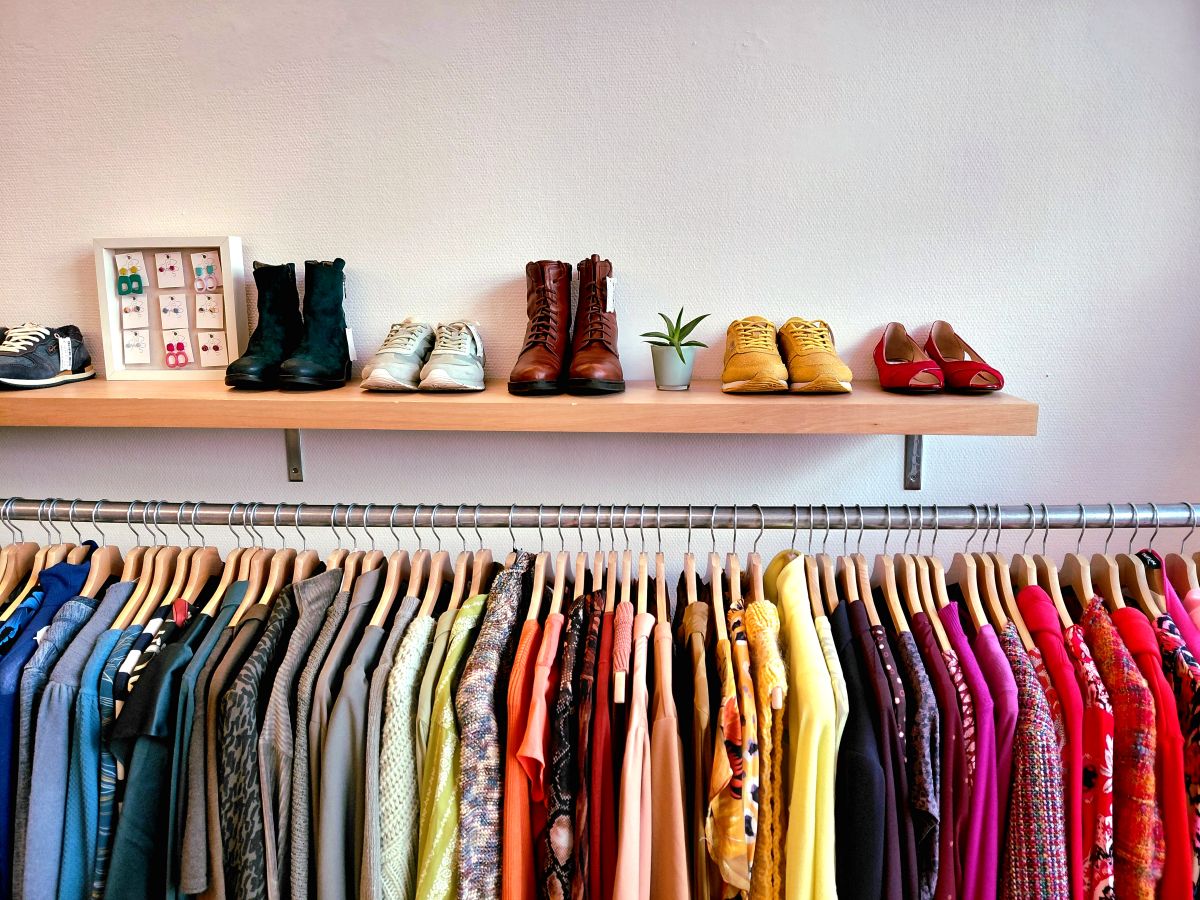Bamboo is not only the favourite food of the giant panda, it is also perfect for making textiles. After all, it is strong, light and airy. And it is also wonderfully comfortable. A nice, sustainable alternative to cotton? If it is up to many producers, yes! So the shops are flooded with bamboo socks, T-shirts and underwear. However, the green image of bamboo does not seem to be entirely accurate. We investigated and tell you more about bamboo in this article!
Introducing: the bamboo plant
There are many species of bamboo plants: more than ten thousand! Bamboo grows all over the world, especially in tropical and subtropical areas in Africa, Asia and Latin America. Bamboo clothing uses Moso bamboo. Don't worry: this is a different species of bamboo than the giant pandas' food source, so we are not hijacking their favourite meal in front of them.
Moso bamboo is one of the fastest-growing plants in the world. Some specimens grow almost a metre a day (no joke). You will probably recognise this if you have ever had a bamboo plant in your garden. You haven't cut down the stems yet, or they have already grown back on. Not only does bamboo grow fast, it is also a very easy plant: it grows on all types of soil and needs very little water or care. The only thing the bamboo plant does need is sunlight. Another advantage: the extensive roots of bamboo plants reduce soil erosion. Ideal, right? In this way, the bamboo plant seems like a perfect alternative to cotton, but we are not there yet. After all, we haven't yet talked about the production process. After all, how do the hard bamboo stalks turn into a soft bamboo T-shirt?


From plant to substance: you understand when you see it side by side like this, that this must be an intensive (chemical) process.
The production of bamboo clothing
When you buy an pants, a pair of socks or a T-shirt made of bamboo in the shop, it is made by knitting or weaving yarn from the bamboo stalks. This can be done in two ways: through the mechanical process or the viscose process.
The mechanical process to make bamboo dust
For this, the harvested bamboo is first collected, crushed and steamed. The material is then cooked with natural enzymes, resulting in a mushy mass. From this mass, fibres can be combed out and then yarn stretched. These yarns in turn can be used to make T-shirts, for example. This process is similar to producing linen clothes from hemp or flax. Unfortunately, it is very labour-intensive, costly and time-consuming, which is why most (mainstream) producers do not opt for it.
The viscose process to make bamboo fabric
So chances are your bamboo item is made using the viscose process. For this, the bamboo leaves and wood are boiled together and dissolved. The result is a solution of viscose cellulose. This is sieved, tempered and then spun into bamboo yarn. From this, garments can then be made. This process is cheap and effective, but working conditions are not too good. Moreover, this method is also not very environmentally friendly.
This is because chemicals are used to dissolve the bamboo leaves and wood. And these are very harmful to human, animal and environmental health. Workers inhale the chemical fumes and can become quite ill from them. To make matters worse, waste products from the viscose factories are regularly dumped in surrounding rivers and lakes. And this, of course, causes a lot of damage to the environment. Not only can the plants on the banks of the rivers die, this water is also used as drinking water and is the habitat of many fish and other aquatic animals.
In recent years, some factories have been experimenting with sustainable enzymes and recycling waste products so that they cannot enter the environment. It is very important that this process is accelerated because, as research commissioned by the TV programme Keuringsdienst van Waarde turns out, many bamboo factories still discharge harmful wastewater on a daily basis. Even if such a factory holds various sustainability certificates. So one might wonder what those certificates mean.
The popularity of bamboo clothing
Now that you know more about the manufacturing process, it's time to tell you why bamboo clothing is so popular. The material feels soft on your skin, keeps you cool in summer and warm in winter. In addition, many brands claim that bamboo would be antibacterial or hypoallergenic. It is true that bamboo fibres have these properties, but you might wonder how many of these positive aspects remain after a chemical manufacturing process. Finally, bamboo clothing does indeed, as many brands claim, protect you from harmful UV rays, but that applies to any clothing you put on to protect your arms, legs or feet from the sun.
Do you choose bamboo or cotton?
I told you earlier that conventional cotton is the most polluting crop in the world. While organic cotton is certainly better, for example because it does not use artificial fertilisers, toxic pesticides or genetic engineering, it still consumes an awful lot of water. Bamboo outperforms cotton in many ways. The production of bamboo stems requires less land, virtually no water and no pesticides. Moreover, the bamboo plant continues to grow after being harvested, allowing not only several harvests per year, but also protecting the soil from erosion. Still, as you learned in this article, bamboo is certainly not perfect. Far too many harmful chemicals are still used during the processing process, and there is also too much ambiguity about sustainability certifications.
What can you look out for when buying a bamboo garment?
Of course, the most sustainable choice you make is not to buy new garments, but to opt for a second-hand item. Of course, it's not always possible to buy something second-hand, especially with underwear and socks it does feel a bit awkward. Want to make sure you make a sustainable choice when buying a new bamboo garment? Then I recommend you critically check with the brand even where the bamboo is produced. There are labels such as Ecocert Organic Standard Certified or OEKO-TEX® MADE IN GREEN, but unfortunately the TV programme Keuringsdienst van Waarde shows that certificates are also sometimes tampered with. A tip that might help you is to check the composition of the garment: tanboocel bamboo viscose is the eco-friendly alternative to regular bamboo rayon and bamboo viscose.
In short: bamboo certainly has the potential to become cotton's green sister, but for that to happen, a lot of changes still need to be made in the production process.
More sustainable tips from thegreenlist.nl
- Wondering what's wrong with cotton? Read why it makes sense to buy organic cotton here.
- Want to know what other sustainable fabrics there are? Then take a look at this article on sustainable materials.
- What can you look out for when buying sustainable underwear? Read all about more sustainable pants and bras here.
Sources: KRO-NCRV: Are bamboo textiles really that green? , Fidelity: Boxer shorts made of bamboo: softer than silk, more powerful than cotton, Value judging service: Bamboo: silky textiles with potentially deadly consequences, Milieu Centraal: How do clothes harm the environment?, Keuringsdienst van Waarde - Bamboo. Photo credits: bamboo forest: Chuttersnap (Unsplash), underwear: thegreenlist,co.uk. bamboo stalks: Kazuend (Unsplash), basket of yarn: Teona Swift (Pexels).












